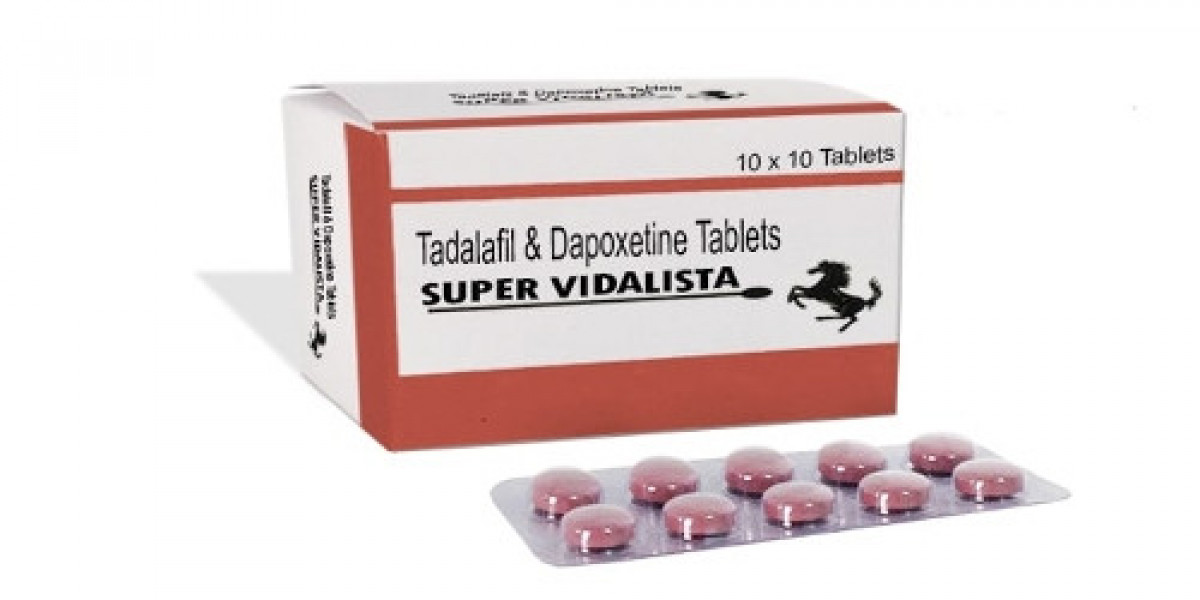Safes have been a crucial part of securing valuables for centuries, evolving in design, technology, and security features. While most people know that safes are used THINGS YOU MIGHT NOT KNOW ABOUT SAFES to store money, jewelry, and important documents, there are plenty of interesting aspects about these secure storage units that you might not know.
A Brief History of Safes
Early Origins
The concept of securing valuable items dates back thousands of years. Early civilizations used rudimentary boxes made of wood or stone to store items of importance. Ancient Egyptians used locking devices similar to modern-day locks as early as 2000 BC. However, the first recognizable metal safes didn’t appear until the 19th century.
The Industrial Revolution and Modern Safes
During the Industrial Revolution, advancements in metallurgy and manufacturing led to the development of metal safes. These early safes were built to withstand theft, fire, and other external forces. Innovations continued through the 20th century, leading to the modern-day safes we use today, complete with fireproofing, waterproofing, and electronic locking mechanisms.
Safes Are Not All About Security
While security is the primary function of a safe, it’s not the only thing they’re designed for. Safes are often built to provide protection from fire, water damage, and even natural disasters. Some safes are specially made for storing sensitive items like firearms, electronics, or even biological samples.
Fireproof vs. Fire-Resistant Safes
Contrary to popular belief, there is no such thing as a truly “fireproof” safe. Most safes are fire-resistant, meaning they can withstand high temperatures for a specific period. For example, a typical fire-resistant safe can endure temperatures of 1,500°F for about 30 minutes to an hour without allowing its contents to be damaged.
Waterproof Safes
Some safes are also designed to protect against flooding or water damage. These waterproof safes can keep their contents dry even when submerged for a limited time. This feature is especially important for people living in areas prone to flooding or for those who store safes in basements.
Safes and Technology
Biometric Safes
One of the most exciting innovations in safe technology is the biometric safe. These safes use fingerprint recognition or other biometric data to allow access. They’re popular for storing firearms and other sensitive items because they provide quick access while ensuring that unauthorized users cannot open them.
Smart Safes
Smart safes have also gained popularity. These safes connect to the internet and can be controlled remotely through smartphone apps. Some smart safes even send alerts if someone tries to tamper with them, providing an extra layer of security.
FAQs About Safes
How Do I Choose the Right Safe?
The right safe for you depends on what you plan to store. If you’re storing documents and electronics, a fire-resistant safe might be best. If you live in a flood-prone area, consider a waterproof safe. For quick access to firearms or other valuables, a biometric or smart safe could be ideal.
Can a Safe Be Broken Into?
No safe is completely immune to break-ins, but higher-quality safes make unauthorized access extremely difficult. Professional-grade safes often use reinforced steel and complex locking mechanisms to make break-ins nearly impossible without the right tools and a significant amount of time.
How Long Do Fire-Resistant Safes Protect Their Contents?
Most fire-resistant safes are rated to protect their contents for 30 to 120 minutes in high-heat situations. The higher the rating, the longer the safe can withstand extreme temperatures without damaging its contents.
Should I Bolt My Safe to the Floor?
Yes, bolting your safe to the floor is a great idea, especially if it’s small. This prevents thieves from simply carrying the safe away. Some safes come with pre-drilled holes for easy installation.
Are There Safes for Special Items Like Guns or Electronics?
Yes, there are specialized safes for storing firearms, electronics, and even biological materials. Gun safes, for example, often come with unique locking mechanisms to prevent unauthorized access while allowing quick access in emergencies.
Conclusion
Safes have come a long way from their ancient beginnings. Modern safes provide protection not just from theft but also from fire, water, and even natural disasters. With the integration of technology, safes have become smarter and more secure, ensuring that your most valuable items remain protected in any situation. Whether you need a fire-resistant safe, a waterproof safe, or a biometric option, there’s a safe to meet every need.








